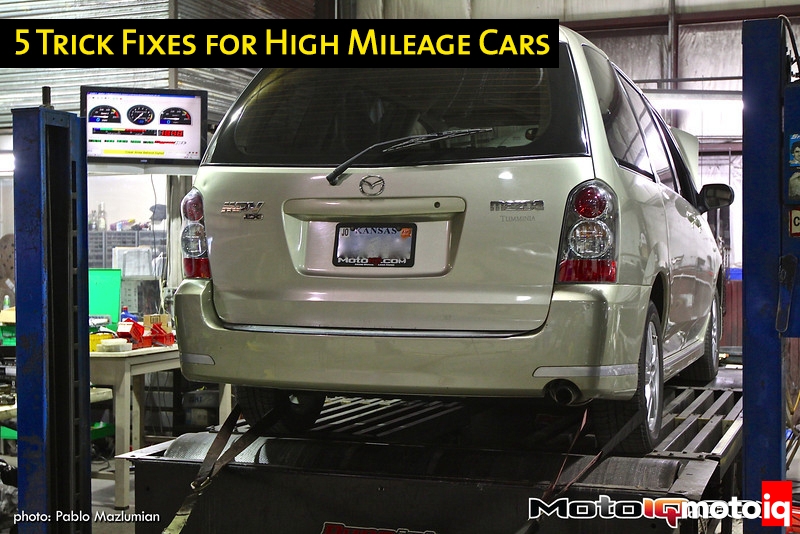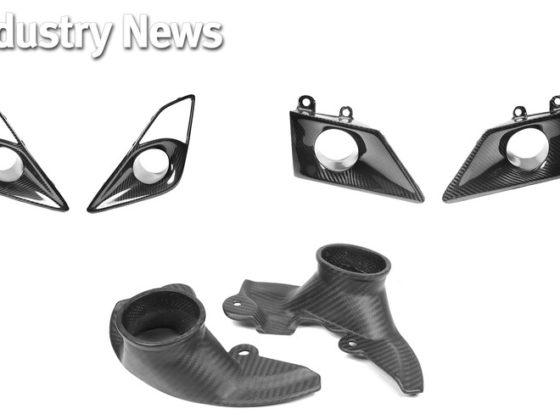,

Looking at torque, the improvement in the low end is more clearly visible with the tune-up, with gains ranging from 5-13 lb-ft of torque in some places, and a 3 lb-ft gain in peak torque. If we could just draw a line connecting each of the peaks, the gains would be significant, but that's not the way dyno test always goes. Many variables in an engine can cause these hiccups (and these are surprisingly not felt on the road at wide-open throttle, by the way).
The only thing we could come up with for now is the possibility of the transmission’s torque converter not fully coping with the torque, which is sad because it was looking like our new tune-up was going to provide a nice gain from 4500 RPM-on, which would reflect nicely in our quarter-mile times revealed on Page 7.
If there’s one test we regret not showing, it’s the difference in the way the transmission now shifts. We wish we could have shown it on the dyno by running it in a simulated quarter-mile run, because the difference between shifts would be visibly noticeable in graph form. We apologize for this, but we didn't realize just how much nicer the tranny would feel, so it didn't occur to us to perform a baseline test showing this prior to the Royal Purple ATF install.
#5: Change the filters
Of course you’re going to want to change the fuel filter when you change the oil, and we did do that with the Royal Purple fluids in the first test. It should be noted that Royal Purple also sells its own oil filter.
Another filter that should be changed every 40,000 miles or so is the fuel filter, which we didn't demonstrate today.
Lastly, changing the engine's air filter to a high performance filter element like those from K&N is a cheap and effective way to improve power and fuel economy. In some cases, it may even add a nice “growl” to the induction sound under full throttle, although that's a benefit more evident in conical-type intake kits that require an adatper.

Having tested numerous panel filters from K&N, we had no doubt this would be a worthwhile upgrade. We got our K&N products through Sparkplugs.com.

Swapping in a K&N replacement filter is easy on most cars. We did it in about two minutes on the dyno. Most OE filter elements, like the white one you see here, are more restrictive. While we want clean air going into the engine, we also want it getting in there without restriction, and that’s what K&N units excel at. The filter will also last the life of the car with proper maintenance.

Back on MKC’s dyno, we can see that not a whole lot has changed with a K&N filter in the low and midrange. However, as we’ve seen many times with K&N filter elements, there is a small gain in the top end. Today, it showed an average 3whp gain from 6100-6500 RPM.

Click to the next page to see the results in the quarter mile.



